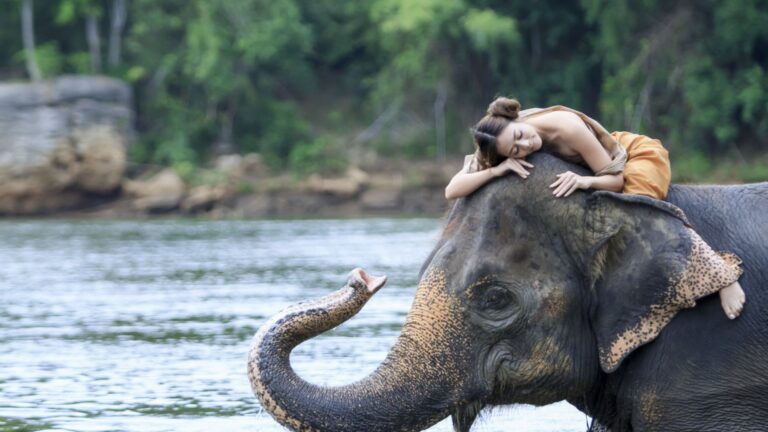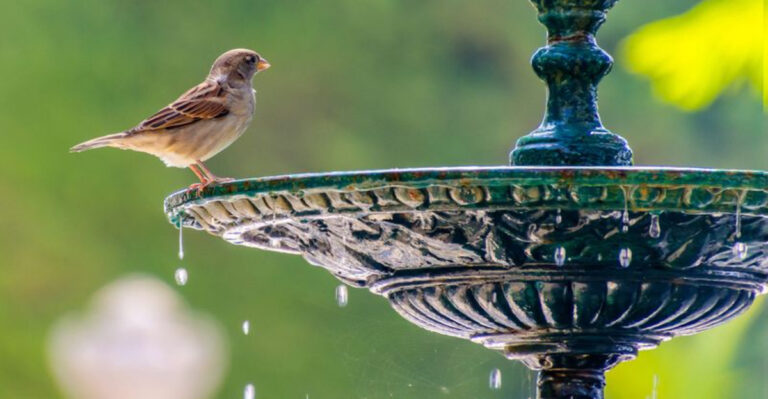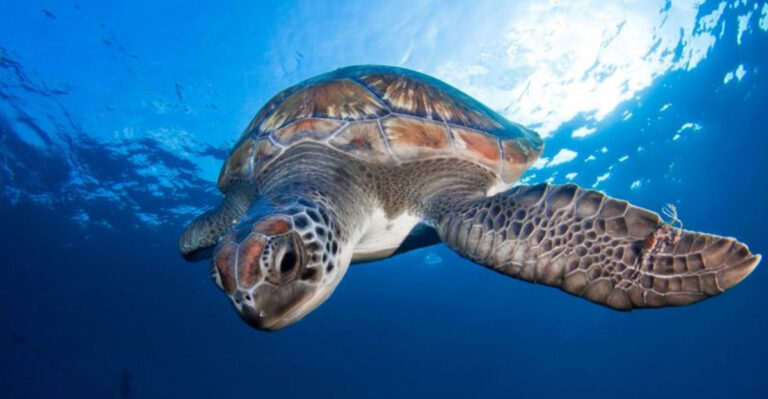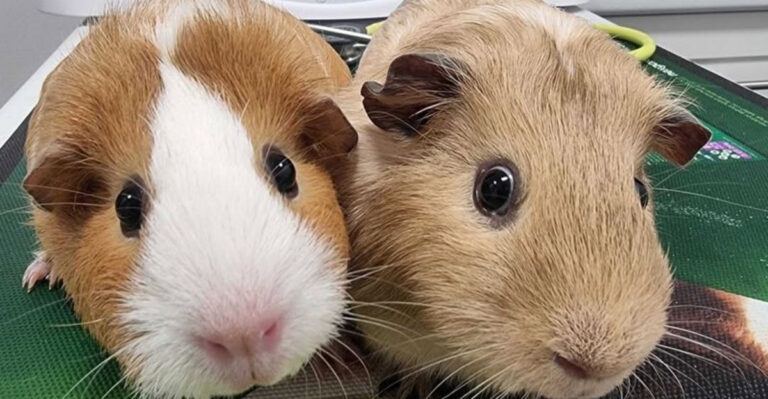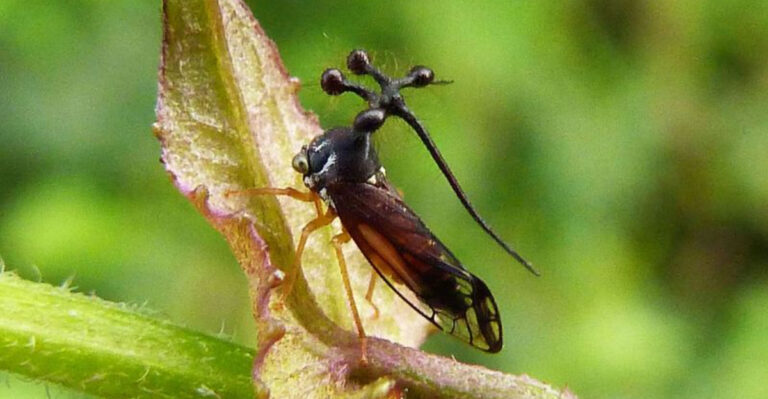13 Animals That Only Exist In The U.S. (And Where To Find Them)
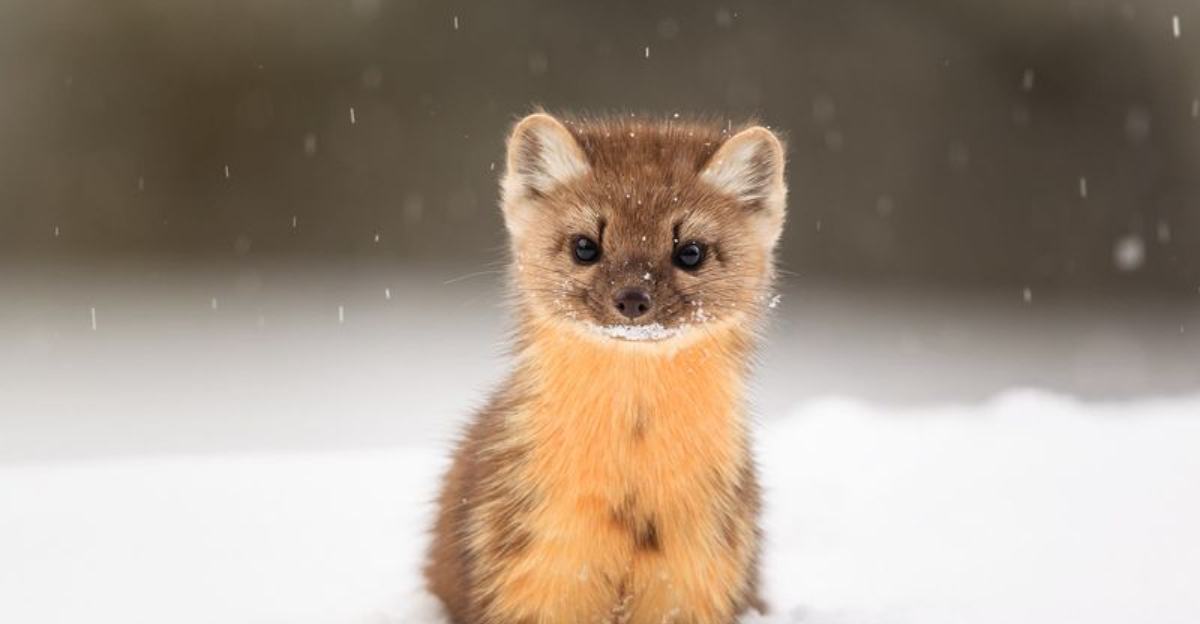
The United States is home to a diverse range of wildlife, some of which can only be found within its borders.
From the arid deserts to the lush forests, the unique habitats across the country foster species that are both fascinating and rare.
Today, we’ll explore remarkable animals that are exclusive to the U.S. and the regions where they can be spotted.
Each of these creatures tells a story of adaptation and survival, showcasing the rich biodiversity that makes the American landscape so special.
1. Pronghorn
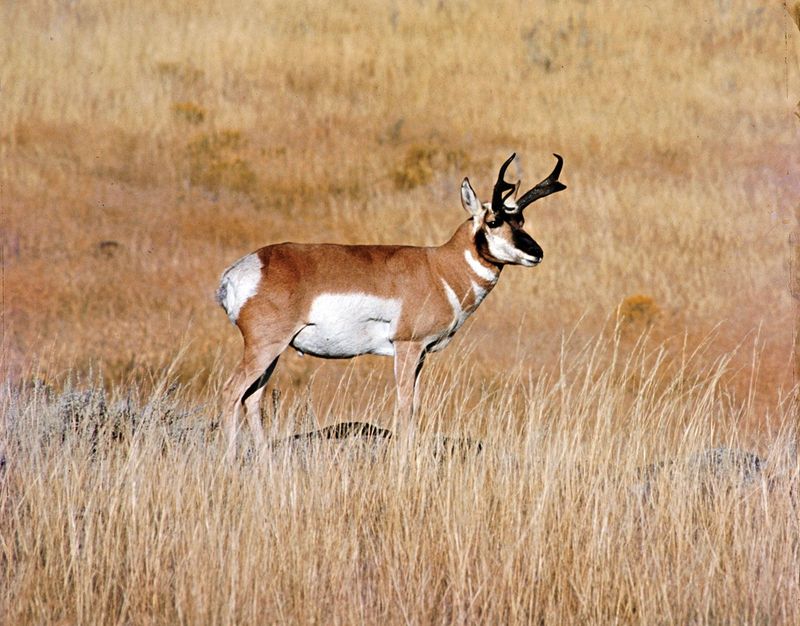
The pronghorn is a unique and fascinating creature, often mistaken for an antelope due to its appearance. Found predominantly in the wide open plains of Wyoming, this animal is the second-fastest land mammal in the world, capable of reaching speeds up to 55 miles per hour.
This speed is essential for its survival, allowing it to outrun predators in the vast, treeless landscape it calls home.
Characterized by its distinct horns, which are shed and regrown annually, the pronghorn stands as a symbol of the American West. Its keen eyesight is also noteworthy, enabling it to spot danger from afar. This keen vision, combined with its speed, makes it a formidable survivor in its habitat.
Besides Wyoming, pronghorns can also be found in parts of Montana and the Dakotas, thriving in areas where they can graze on grasses and plants. Conservation efforts have been crucial in maintaining their populations, ensuring that these remarkable animals continue to roam the American plains for generations to come.
2. American Alligator
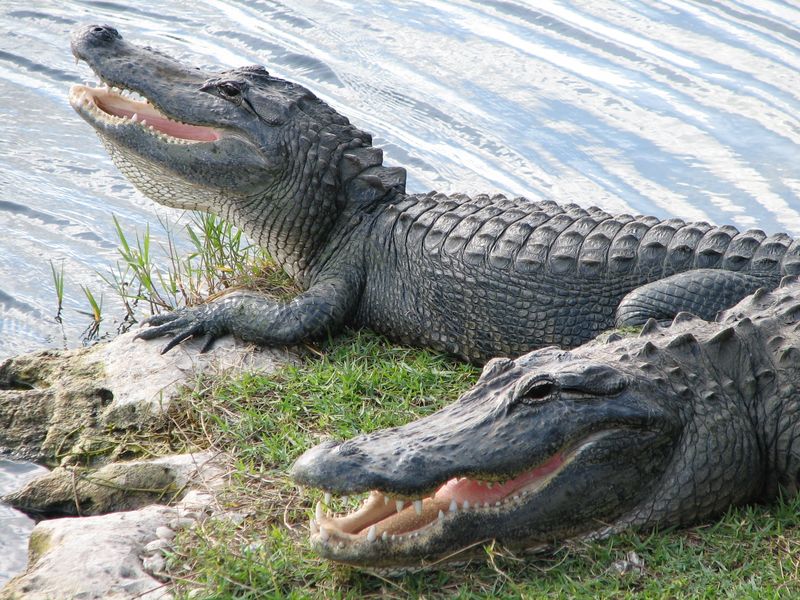
The American alligator is a formidable reptile, often seen basking along the riverbanks of Florida’s swamps and marshlands.
Known for their powerful jaws and prehistoric appearance, these alligators can grow up to 15 feet long, making them one of the top predators in their habitat. Their armored bodies and stealthy movements allow them to remain undetected by prey and predators alike.
Alligators play a vital role in their ecosystem, often referred to as a “keystone species”. By creating “alligator holes,” they provide habitats for other wildlife during dry periods. These holes retain water, offering a sanctuary for fish, amphibians, and birds when other water sources dry up.
Florida’s Everglades is a prime location to witness these magnificent creatures in their natural habitat. However, their range extends to Louisiana, Georgia, and parts of Texas.
Conservation efforts and strict regulations have helped recover alligator populations, which were once endangered, ensuring that these ancient reptiles continue to thrive.
3. California Condor
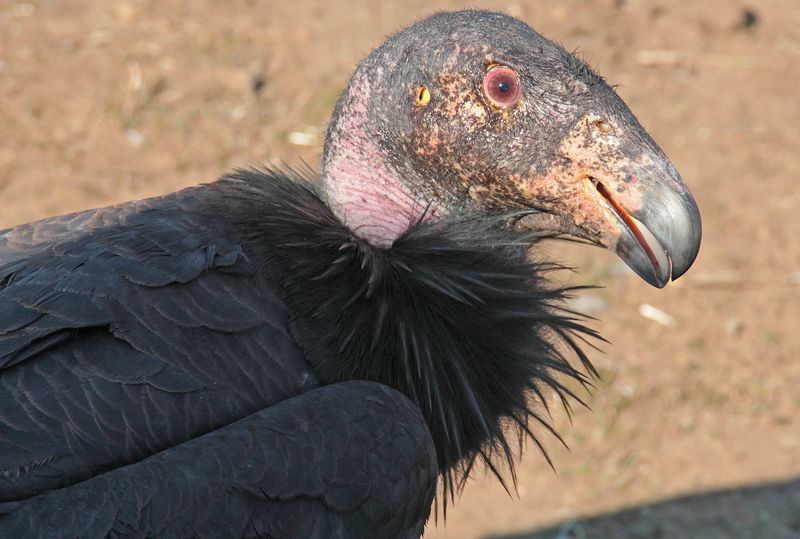
The California condor, with its impressive wingspan of nearly 10 feet, is the largest flying bird in North America. Once on the brink of extinction, efforts to save this majestic bird have been remarkable.
Today, they soar over the rugged cliffs of the Grand Canyon and parts of California, symbolizing one of the greatest conservation success stories.
Condors are scavengers, feeding primarily on carrion, which plays an essential role in their ecosystem by helping to dispose of dead animals. Their sharp beaks and keen eyesight aid them in locating and consuming their food.
These birds are easily identifiable by their large size, black plumage, and bald heads. The reintroduction programs have been crucial, with breeding centers helping to increase their numbers and ensure their survival.
While spotting a condor in flight is a rare treat, observing one up close can be awe-inspiring, showcasing the resilience and dedication involved in conserving these incredible creatures.
4. Key Deer
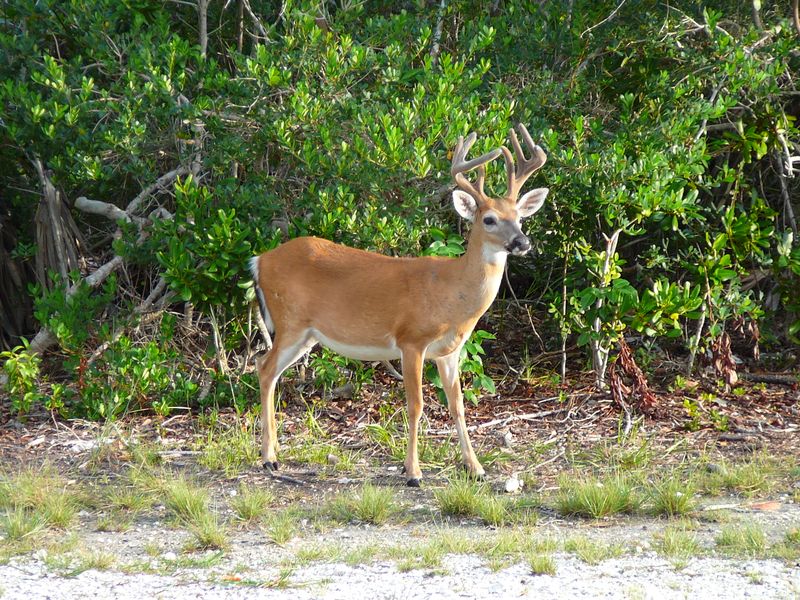
The Key deer, a diminutive and charming animal, is native to the Florida Keys. As the smallest subspecies of the North American white-tailed deer, it has adapted beautifully to its unique island environment.
Weighing between 45 to 75 pounds, these deer are adept swimmers, often moving between islands in search of fresh water and new grazing areas.
Key deer are easily recognizable by their small stature and gentle demeanor. They inhabit the subtropical climate of the Keys, where they navigate the mangroves and palms with grace.
The National Key Deer Refuge on Big Pine Key is a sanctuary dedicated to their conservation, allowing visitors a chance to observe these delightful creatures in their natural habitat.
Unfortunately, their limited range and habitat make them vulnerable to threats such as habitat loss and vehicle collisions.
Conservation efforts have been essential in protecting the remaining population, ensuring that future generations can continue to experience the wonder of encountering these endearing deer in the wild.
5. Eastern Hellbender
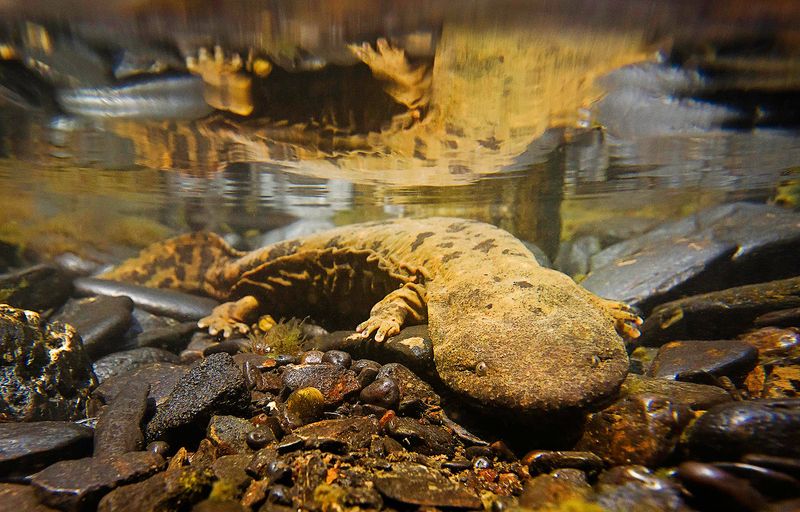
The Eastern Hellbender, a large aquatic salamander, resides in the clean, fast-flowing streams of the Appalachian Mountains. Known for its unusual appearance and significant size, this creature can grow up to 29 inches long, making it one of the largest salamanders in North America.
Hellbenders play a critical role in indicating the health of their freshwater environments. Their presence signals clean, oxygen-rich waters, essential for their survival and the diverse aquatic life that shares their habitat.
With loose skin and a flattened head, hellbenders are well-adapted to life under rocks, where they hide from predators and hunt for prey such as crayfish and small fish.
Preserving their natural habitat has become a focus for conservationists, aiming to protect these fascinating amphibians from threats like pollution and habitat destruction.
Observing an Eastern Hellbender is a rare yet rewarding experience, highlighting the importance of clean waterways in maintaining biodiversity.
6. Rainbow Trout
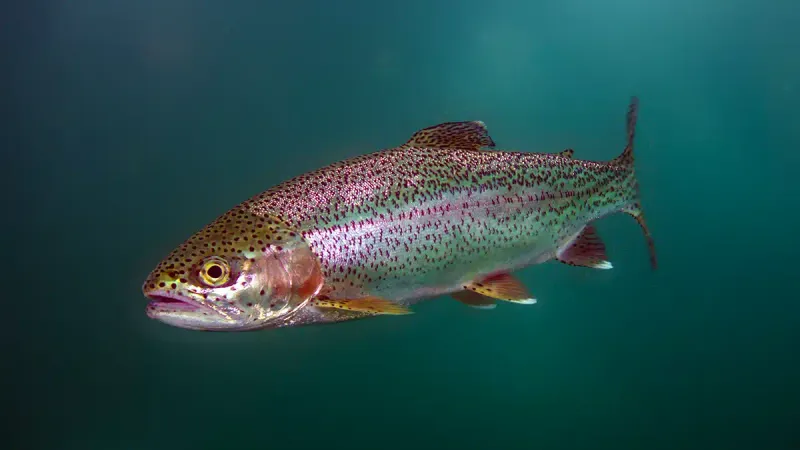
Rainbow trout are known for their stunning colors and are native to the cold-water tributaries of the Pacific Ocean in North America. Anglers treasure these fish for both their beauty and the challenge they present when hooked.
Their vibrant scales, displaying hues of pink, red, and silver, shimmer under the sunlight, making them a visual delight in the waterways of Montana and other western states.
These trout thrive in clear, cool streams and rivers, where they can often be seen leaping dramatically from the water to catch insects. Their diet consists mainly of aquatic insects, small fish, and crustaceans, supporting their energetic lifestyle.
Besides their allure to fishermen, rainbow trout are vital to the ecosystem, serving as a food source for larger predators.
Conservation and sustainable fishing practices have been key in preserving their populations, allowing these magnificent fish to continue thriving throughout their natural habitats. Observing a rainbow trout in its pristine environment is an experience that underscores the delicate balance of aquatic ecosystems.
7. American Marten
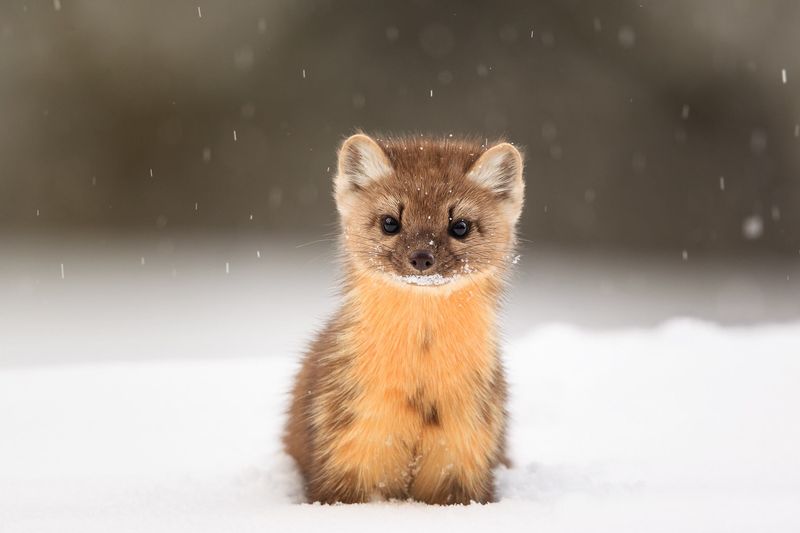
The American marten is a small, agile mammal known for its playful nature and luxurious fur. Inhabiting the dense, old-growth forests of the Pacific Northwest, these creatures are adept climbers, often seen scampering through the trees in search of food. Their diet is diverse, including small mammals, birds, berries, and nuts, highlighting their adaptability to various environments.
Martens are particularly striking due to their bushy tails and keen, intelligent eyes. These features, combined with their slender bodies, allow them to navigate their complex forest homes with ease. During the winter months, their fur becomes thicker, providing warmth and a striking appearance against the snow-covered landscape.
Conservation efforts focus on protecting their forest habitats from logging and development, ensuring these lively animals can continue to thrive. Spotting an American marten in the wild is a delightful experience, offering a glimpse into the vibrant life of North America’s forests.
8. Red Wolf
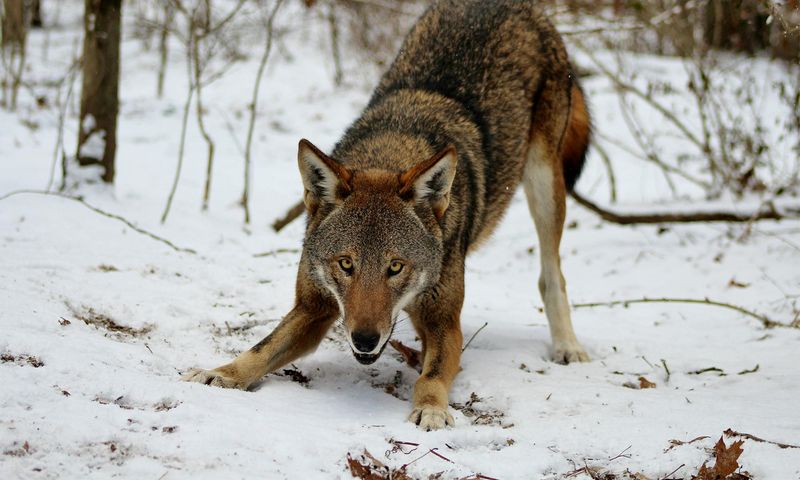
The red wolf, a symbol of the American wilderness, once roamed the southeastern United States in large numbers. Today, this critically endangered species is found primarily in North Carolina, where conservation efforts are underway to restore its populations. With its striking reddish coat and slender build, the red wolf is a beautiful and elusive creature.
Red wolves play an important role in their ecosystem, helping to maintain balance by controlling the populations of prey species such as deer and raccoons. Their presence is vital for the health of their natural habitats, which include dense forests and swamplands.
Conservation programs have been crucial in preventing the extinction of the red wolf, involving breeding and reintroduction initiatives. Observing a red wolf in the wild is a rare privilege, offering a unique connection to the untamed beauty of America’s southeastern landscapes and the ongoing efforts to preserve its biodiversity.
9. Pygmy Rattlesnake
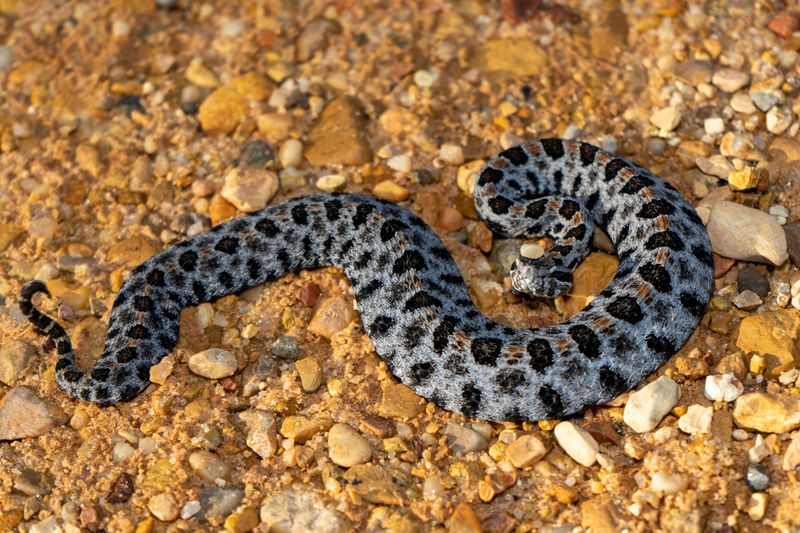
The pygmy rattlesnake, small yet striking, is native to the southeastern United States. Found in states like Georgia and Florida, this snake is easily recognized by its distinctive pattern and diminutive size, averaging around 18 inches in length. Despite their small stature, pygmy rattlesnakes possess a potent venom used primarily for hunting.
These snakes prefer habitats such as pine forests, flatwoods, and marshy areas, where they can blend seamlessly into the leaf litter and underbrush. Their cryptic coloring provides excellent camouflage, helping them avoid predators and surprise prey.
Encounters with pygmy rattlesnakes are rare, as they tend to be elusive and shy. However, their role in controlling the populations of rodents and insects is crucial, highlighting the importance of their presence in maintaining ecological balance. For those lucky enough to spot one, the experience serves as a reminder of the intricate web of life that thrives in the southeastern U.S.
10. Spotted Owl
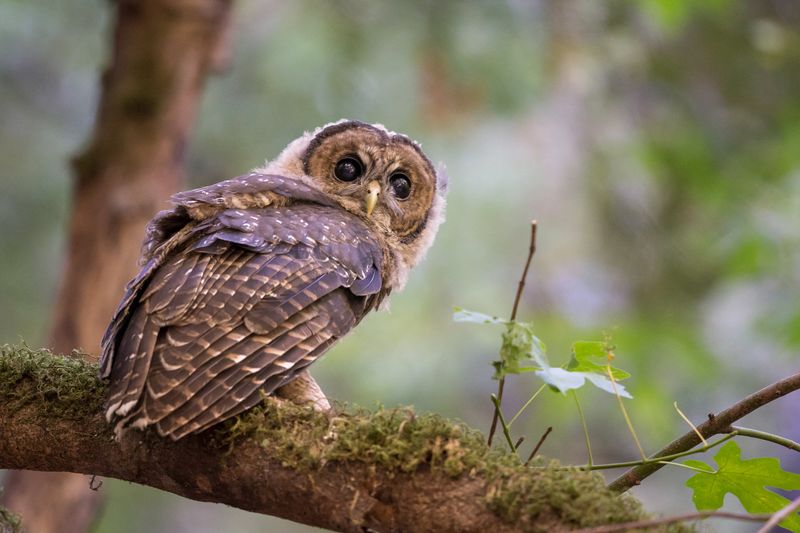
The spotted owl, a mysterious and captivating bird, inhabits the ancient forests of the Pacific Northwest. Known for its haunting calls and striking appearance, this owl is a symbol of the region’s rich biodiversity. With its mottled brown and white feathers, the spotted owl blends seamlessly into its forest surroundings.
These nocturnal birds rely on large tracts of old-growth forests for hunting and nesting, feeding primarily on small mammals such as rodents. The preservation of these forest habitats is critical for their survival, as logging and development pose significant threats to their populations.
Conservation efforts focus on protecting and restoring these vital ecosystems, ensuring that the spotted owl continues to thrive. Spotting one in the wild is a rare and enchanting experience, offering a glimpse into the delicate balance of life within these ancient woodlands.
11. Scarlet Kingsnake
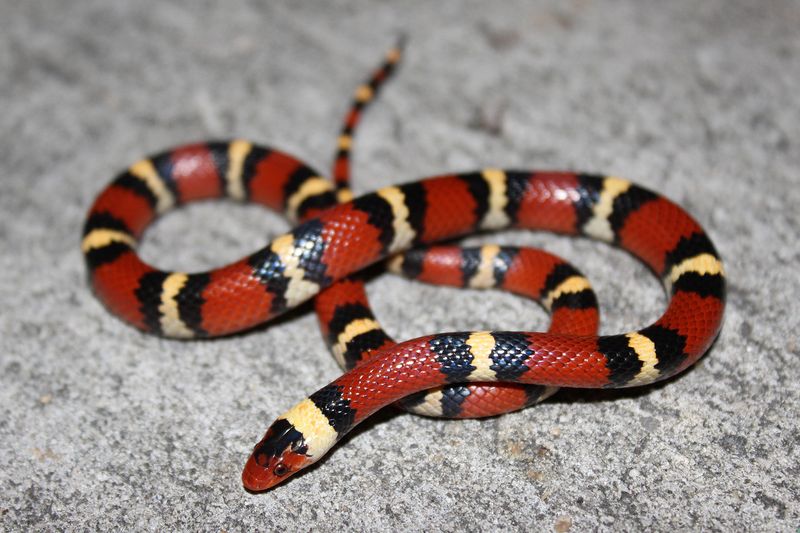
The scarlet kingsnake is a small, colorful serpent found in the southeastern United States. Its striking red, black, and yellow banding offers a stunning display, often confusing predators into mistaking it for the venomous coral snake. This mimicry is a clever survival strategy, allowing the kingsnake to avoid confrontation.
Inhabiting pine forests, hardwood hammocks, and suburban areas, scarlet kingsnakes are non-venomous and pose no threat to humans. Instead, they contribute to their ecosystems by controlling populations of rodents and other small animals.
These snakes are often shy and elusive, preferring to remain hidden under logs, rocks, or leaf litter. Discovering a scarlet kingsnake in the wild is a visual treat, showcasing nature’s artistry and the intricate balance of predator and prey relationships in the southeastern ecosystems.
12. Eastern Box Turtle
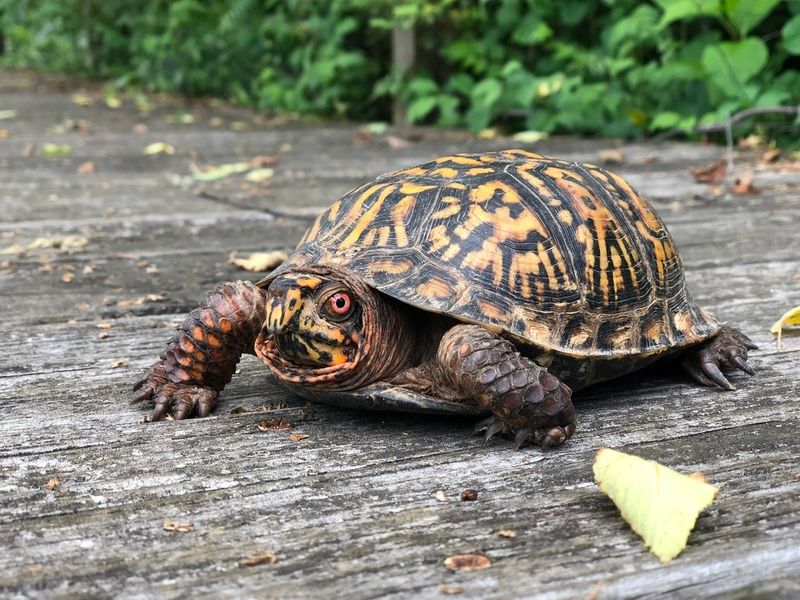
The Eastern Box Turtle is a beloved species, easily recognized by its domed shell and colorful markings. Native to the eastern United States, these turtles are often found in woodlands, meadows, and even suburban gardens. Their omnivorous diet includes insects, berries, mushrooms, and plant material, reflecting their adaptability.
Eastern Box Turtles are known for their long lifespans, often exceeding 50 years in the wild. This longevity, combined with their slow reproductive rate, makes them particularly vulnerable to habitat destruction and road mortality.
Conservation efforts aim to protect their habitats and raise awareness about the importance of these gentle reptiles. Encountering an Eastern Box Turtle in the wild offers a moment of connection with nature’s quiet persistence, reminding us of the intricate ecosystems that thrive in the eastern U.S.
13. American Bison
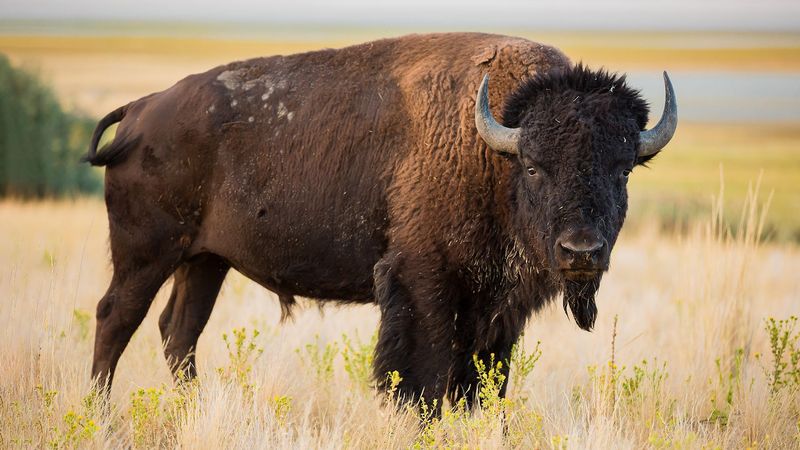
The American bison, an iconic symbol of the Great Plains, once roamed the United States in massive herds. Today, they are primarily found in protected areas such as Yellowstone National Park, where conservation efforts have helped their populations recover from near extinction.
These majestic animals, often referred to as buffalo, are known for their immense size and strength. With shaggy brown coats and imposing horns, bison are well-suited to the harsh conditions of the plains. They play a crucial role in their ecosystems by influencing the structure of the grasslands and providing a food source for predators.
The revival of bison herds is a testament to successful conservation initiatives, highlighting the importance of preserving native species. Observing a bison in its natural habitat is a powerful experience, offering a glimpse into the wild heart of America and the enduring spirit of its landscapes.

